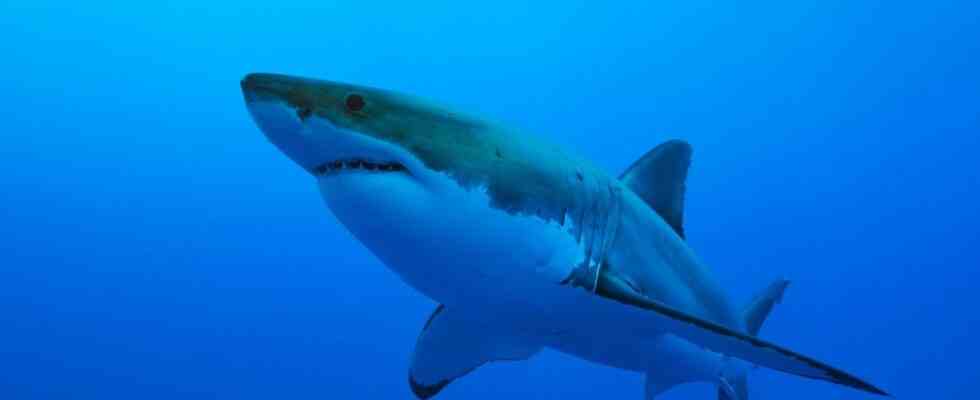Planning a holiday in Europe? We also have poisonous and dangerous animals that you should be careful of.
The Portuguese galley is not a single animal but a colony of tiny cnidarians. As a type of jellyfish, they are not only found in Portugal.
Their tentacles can reach a length of up to 50 meters. A sting from the venom can kill smaller fish, and it causes severe pain in humans.
The great white shark is the largest predatory fish and can also be dangerous to humans. The sea predators, which are 4 meters long on average, are also widespread in the Mediterranean.
The robber of the seas also owes its bad reputation to Hollywood films. In fact, the probability of being attacked by a shark is negligible. The few cases can then end fatally.
Ticks are much more dangerous: the parasite feeds on the blood of numerous vertebrates.
Tick bites are usually harmless to humans, but in rare cases they can transmit diseases such as tick-borne encephalitis (TBE) or Lyme disease.
According to the WWF, the brown bear is the largest terrestrial predator in Europe, weighing up to 150 kilograms and measuring up to 150 centimeters at the shoulder. Most of the approximately 17,000 remaining brown bears in Europe live in Romania.
Wolves are widespread across much of Europe and Asia. The intelligent pack animals mainly hunt wild animals such as deer or rabbits, but have also captured farm animals such as sheep or goats in the past.
Wolves and bears look awesome, but the risk of being attacked by them as a human is considered very low.
Vacation in Europe: You should pay attention to these dangerous animals

Watch the video: You should have these dangerous animals on your screen before your holiday in Europe.
